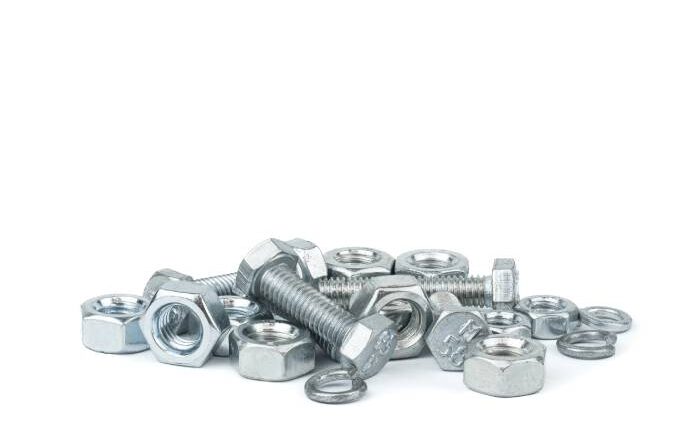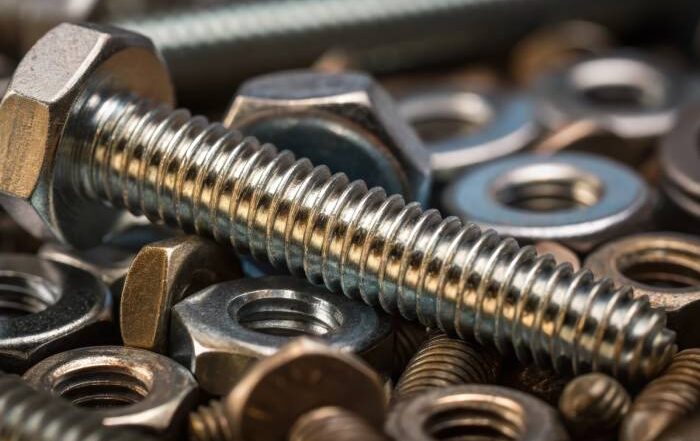
Self-tapping screws have sky-rocketed in popularity over the last few years. This is because they promise maximum convenience as they drill their own holes when screwed into a multitude of surfaces, including surfaces made of wood, plastic, and metal.
- The Benefits of Self-Tapping Screws
Not only do self-tapping screws make the installation process endlessly easier, but they also make the disassembling process simpler. This makes them the perfect choice to use on items that you need to maintain on a regular basis, such as air-conditioning units, where you need to disassemble and reassemble the piece along the same threads.
- The Type of Self-Tapping Screws Available
The two basic types of self-tapping screws are thread forming and thread cutting:
- Thread forming screws displace (rather than remove) the material they are being driven into. The material flows around the threads of the screw, resulting in a zero-clearance fit. This makes them ideally suited for materials where large stresses are needed to resist loosening, such as in steels, stainless steels, light metals, and light metal alloys.
- Thread cutting screws use cutting edges and chip cavities to cut into and remove the material they are being driven into. Although not as strong or durable as their counterparts, this version is used when thread forming screws would need too much torque.
- How to Use Self-Tapping Screws
Depending on the type of self-tapping screws and on the material in question, it may be wise to drill a pilot hole before attempting to place the screws. If necessary, use a smaller drill bit than the self-tapping screw itself. From there, make sure the screw is positioned straight before proceeding to screw it into place with a screwdriver (electric and hand-held screwdrivers are both fine to use). Tighten as needed.
Looking for high-quality self-tapping screws and other fasteners? Look no further than the selection at Marsh Fasteners! Get in touch today for more details.



